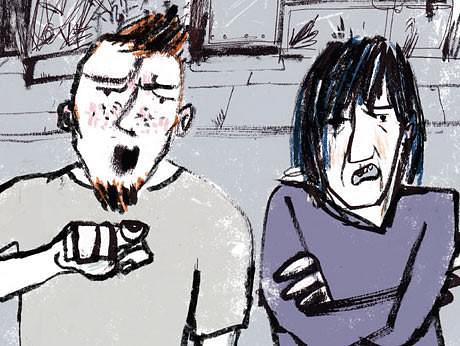Looking for more in Learning or Walk-the-Walk?
Historical context
A brief guide to some of the historical terms and events mentioned in the Walk The Walk graphic novel and resources

The Battle of the Boyne was a battle fought in Ireland between William of Orange, who was Protestant, and James II, who was Catholic, in July 1690. William of Orange’s forces won a crushing victory in the battle. The Battle of the Boyne is still marked every 12th July in Scotland by, among other things, Orange Order marches.
For more information on the Battle of the Boyne, visit Encyclopaedia Britannica - Battle of the Boyne(this link will open in a new window).
The Orange Order is a fraternal organisation, named after William of Orange. On 12th July the ‘Orangemen’ march to commemorate the Battle of the Boyne. The marchers carry banners and flags depicting Protestant symbols and scenes, such as William of Orange (also known as ‘King Billy’) crossing the Boyne. To some Catholics, these marches feel sectarian, with some traditional Orange routes passing through or by Catholic areas. Efforts are made to reduce problems around contentious parades with re-routing and highly visible policing.
For more information on the Orange Order, visit BBC News - Who are the Orangemen?(this link will open in a new window)
The Irish Republican Army is also known as the IRA. It was founded nearly eighty years ago. In 1969, the IRA split into the Official IRA and the Provisional IRA. When people now refer to the IRA, they nearly always mean the Provisional IRA.
The Provisional IRA wanted Northern Ireland to stop being part of the United Kingdom and become part of a united Ireland. In 1971 they began an offensive operation, which included bombings, to try to make this happen. A final ceasefire happened in July 1997, and the IRA agreed to give up all their weapons in 2005.
For more information on the IRA, visit BBC History - The Troubles(this link will open in a new window).